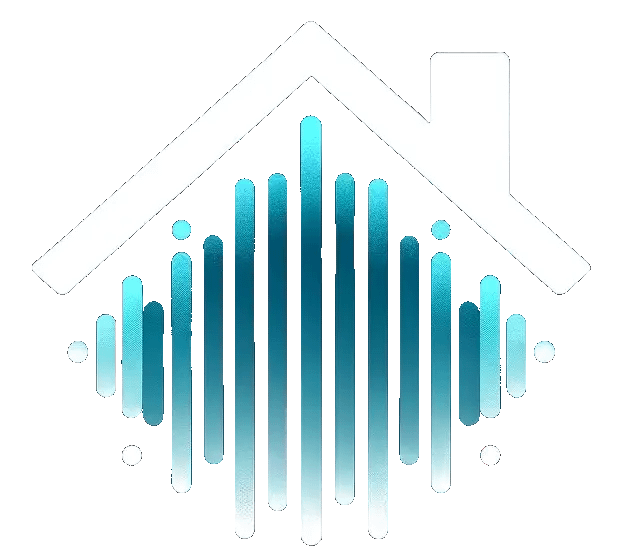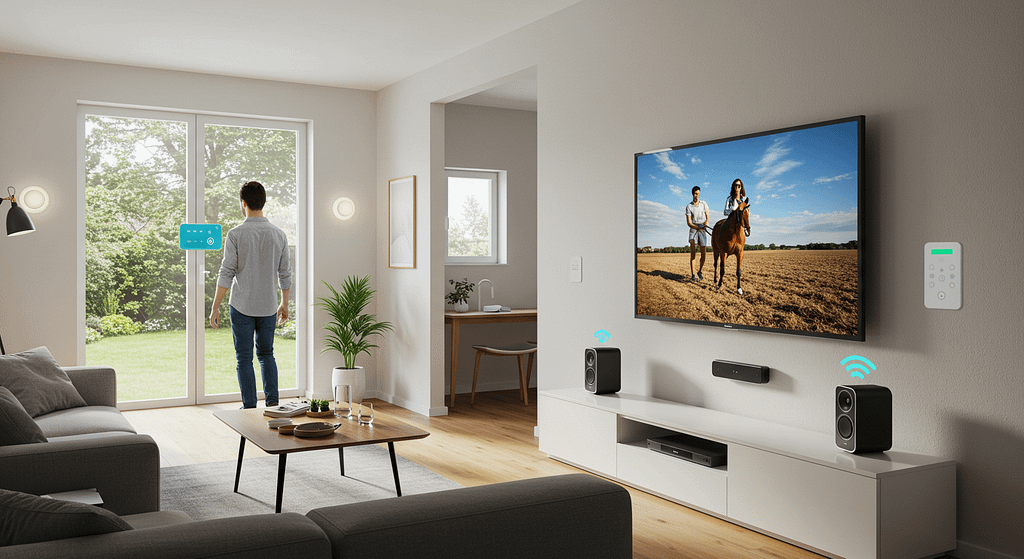Smart home automation is transforming how we live—making homes safer, more energy-efficient, and incredibly convenient. Whether you’re a beginner or a seasoned tech enthusiast, DIY smart home projects give you control over your environment without breaking the bank or relying on professional installation. This guide walks you through key projects, budget-friendly options, expert insights, and answers frequently asked questions to help you get started confidently.
Did you know that smart device adoption is rapidly growing, with tens of millions of American homes now using at least one smart device? Imagine transforming your living space with easy, affordable DIY smart home projects that put you in control.
Why DIY Smart Home Projects Matter Today
In today’s fast-paced digital world, integrating smart technology isn’t just about convenience—it’s about security, energy savings, and creating a living space that adapts to you. Tech-savvy homeowners want innovation but often face challenges like:
- High installation costs from traditional providers
- Complex setup processes
- Compatibility headaches between devices and platforms
This blog empowers you with actionable, cost-effective, and user-friendly DIY projects to overcome these hurdles.
Core Benefits at a Glance
- Easy Automation: Control lighting, climate, and security with voice commands or a tap on your smartphone.
- Boosted Security: Keep your home and loved ones safe with smart locks, sensors, and surveillance systems.
- Energy Efficiency: Slash utility bills with smart sensors and programmable devices that adapt to your routine.
- Seamless Integration: Connect your devices using popular smart home hubs like Alexa, Google Home, or Apple HomeKit.
- Customization: Tailor automation routines to fit your unique lifestyle and preferences.
Smart Ways to Start: Top DIY Smart Home Projects
1. Smart Lighting Upgrades
Smart light bulbs and switches are the quintessential starting point for any DIY smart home enthusiast. These devices often connect via Wi-Fi or other protocols like Zigbee or Z-Wave (which may require a hub), letting you schedule, dim, or sync lights all from your smartphone or through voice assistants.
- Quick Tip: Begin with one room—like your living room or bedroom—and expand as you get comfortable.
Practical Example: Jane, a software developer, swapped her old bulbs for color-changing smart LEDs. Now her mornings are energized with vibrant hues, while evenings unwind with soft, ambient lighting—automated seamlessly!
2. DIY Smart Security Cameras
Adding DIY Wi-Fi security cameras allows you to monitor your home in real time and receive alerts for unexpected activity—without mandatory professional installation. Many brands offer live viewing and basic motion alerts without monthly fees; however, extended cloud storage, advanced AI features (like package or human detection), or professional monitoring may require optional subscriptions depending on the model.
- Quick Tip: Battery-powered models are especially convenient for easy setup near entryways and driveways.
3. Automating with Smart Plugs & Sensors
Smart plugs and sensors are the Swiss army knives of DIY automation. Plug many common household devices (like lamps, fans, or coffee makers with mechanical on/off switches) into smart plugs to schedule or activate them instantly. Motion, temperature, and door/window sensors can trigger automations based on your needs.
- Quick Step: Use a motion detector to automatically turn on hallway lights at night or shut off forgotten appliances when you leave.
Note: Always check a smart plug’s wattage and amperage limits—avoid using them with high-power devices like space heaters, hair dryers, or large motors for safety.
Product Recommendation: The Kasa Smart Plug Mini (widely compatible with Alexa and Google Assistant; check model-specific HomeKit support) and the Aqara Motion Sensor (typically requires an Aqara Hub for full functionality, including Apple HomeKit integration) offer a great balance of value and ecosystem support.
DIY Smart Home Project Starter Checklist





Budget-Friendly Smart Home Solutions
| Level | Recommended Devices | Typical Cost | Best For |
|---|---|---|---|
| Entry-Level | Smart bulbs, Wi-Fi plugs (Wyze, TP-Link) | $10–$50 per device | Beginners, renters, small apartments |
| Mid-Level | DIY security cams, motion sensors, smart hubs (Amazon Echo, Google Nest Mini) | $75–$300 for a basic setup (e.g., 1 camera + hub + sensor) | Small homes, families, those wanting voice integration |
| Premium-Level | Full-property ecosystems (Philips Hue, Ring cameras, Ecobee thermostats, Smart locks) | $500–$1500+ depending on home size and devices | Homeowners, tech enthusiasts, full smart home control |
Expert Insight
“Start small and scale your smart home gradually. Focus on core needs like lighting, security, or convenience, and select devices that communicate well with each other for a seamless experience.”
– A Smart Home Integration Specialist
Frequently Asked Questions
Q1: Can I install smart devices in a rental property?
Absolutely. Most DIY smart home devices are non-invasive and easy to remove. Look for plug-and-play options and avoid hardwiring unless you have permission from your landlord.
Q2: How do I keep my smart home secure?
Protect your home by changing default passwords, keeping device firmware up to date, using strong Wi-Fi credentials, and enabling two-factor authentication whenever available.
Q3: What platform should I choose—Alexa, Google, or Apple?
Compatibility varies. Many popular smart home gadgets support Alexa and Google Assistant. Support for Apple HomeKit is growing, especially with the rollout of the Matter standard, but it’s important to check each device’s compatibility before buying to ensure it works with your preferred platform(s).



